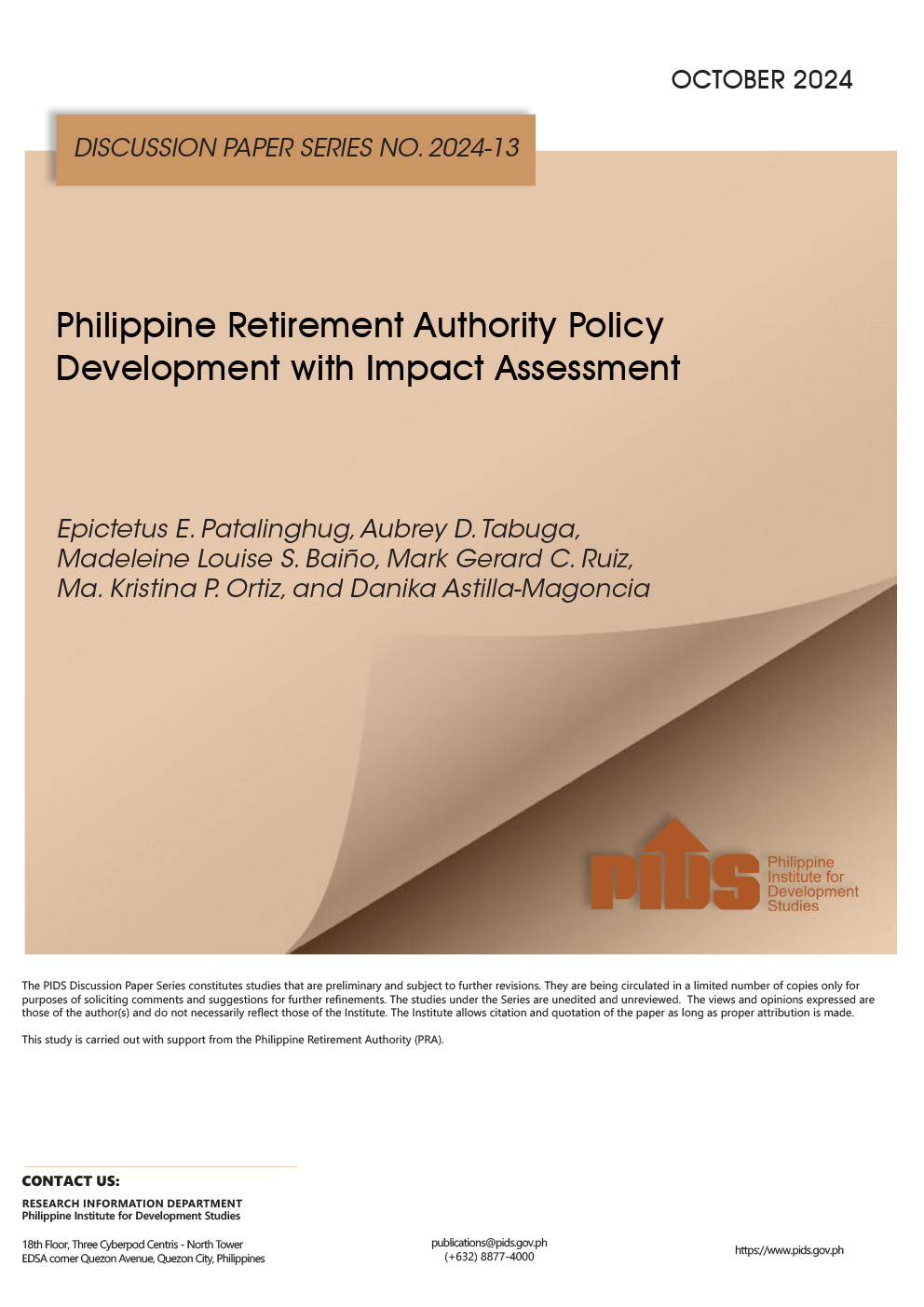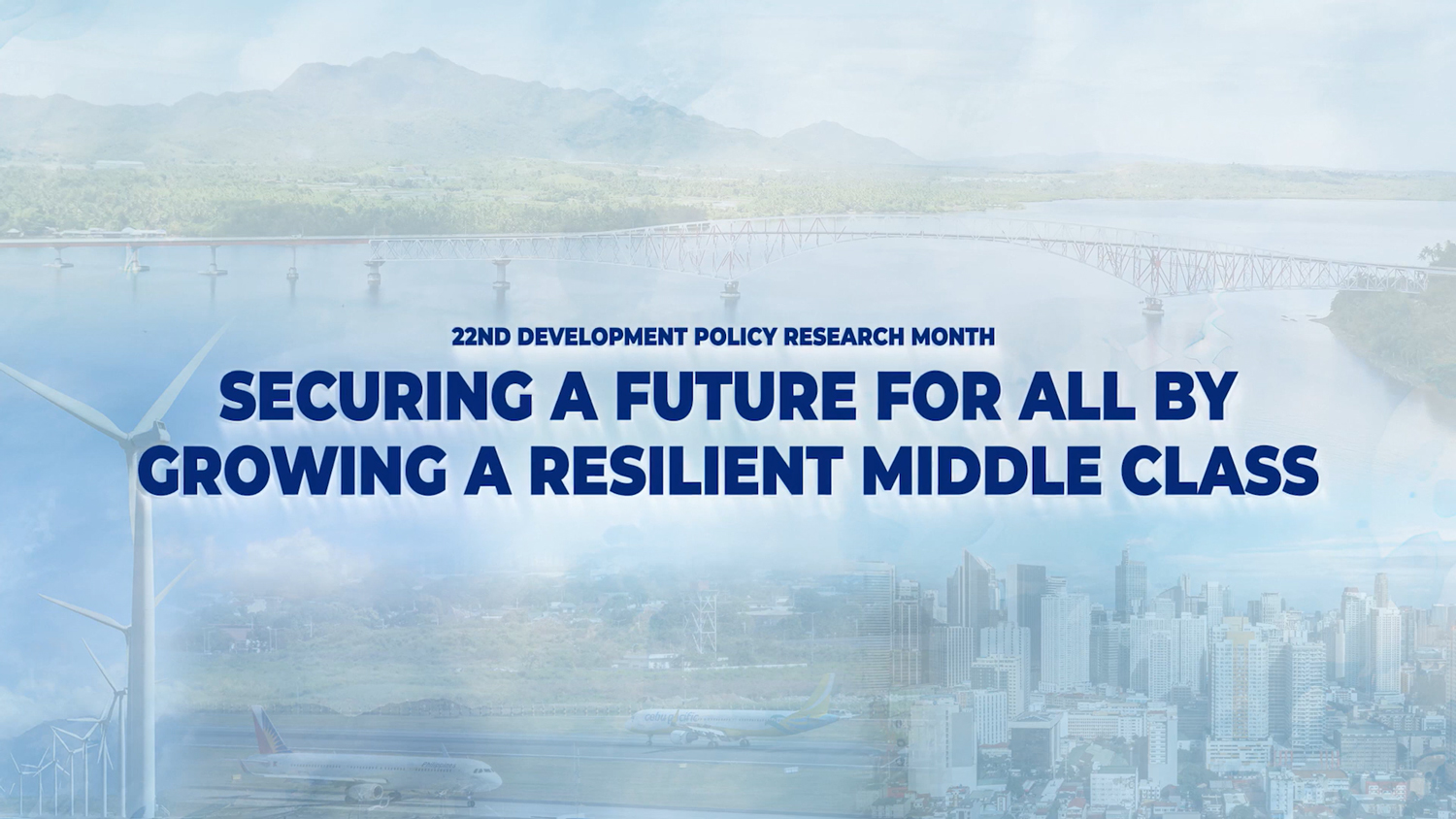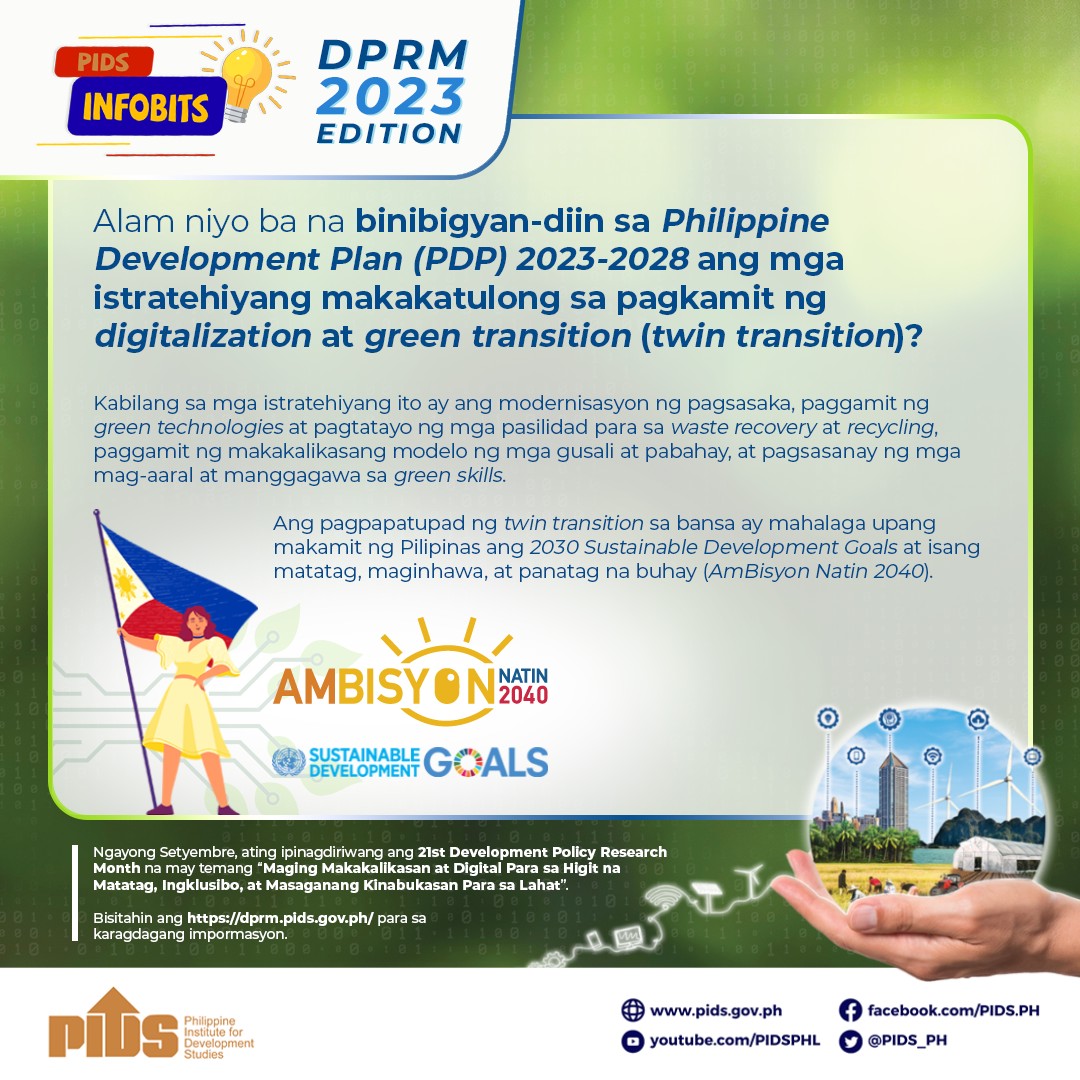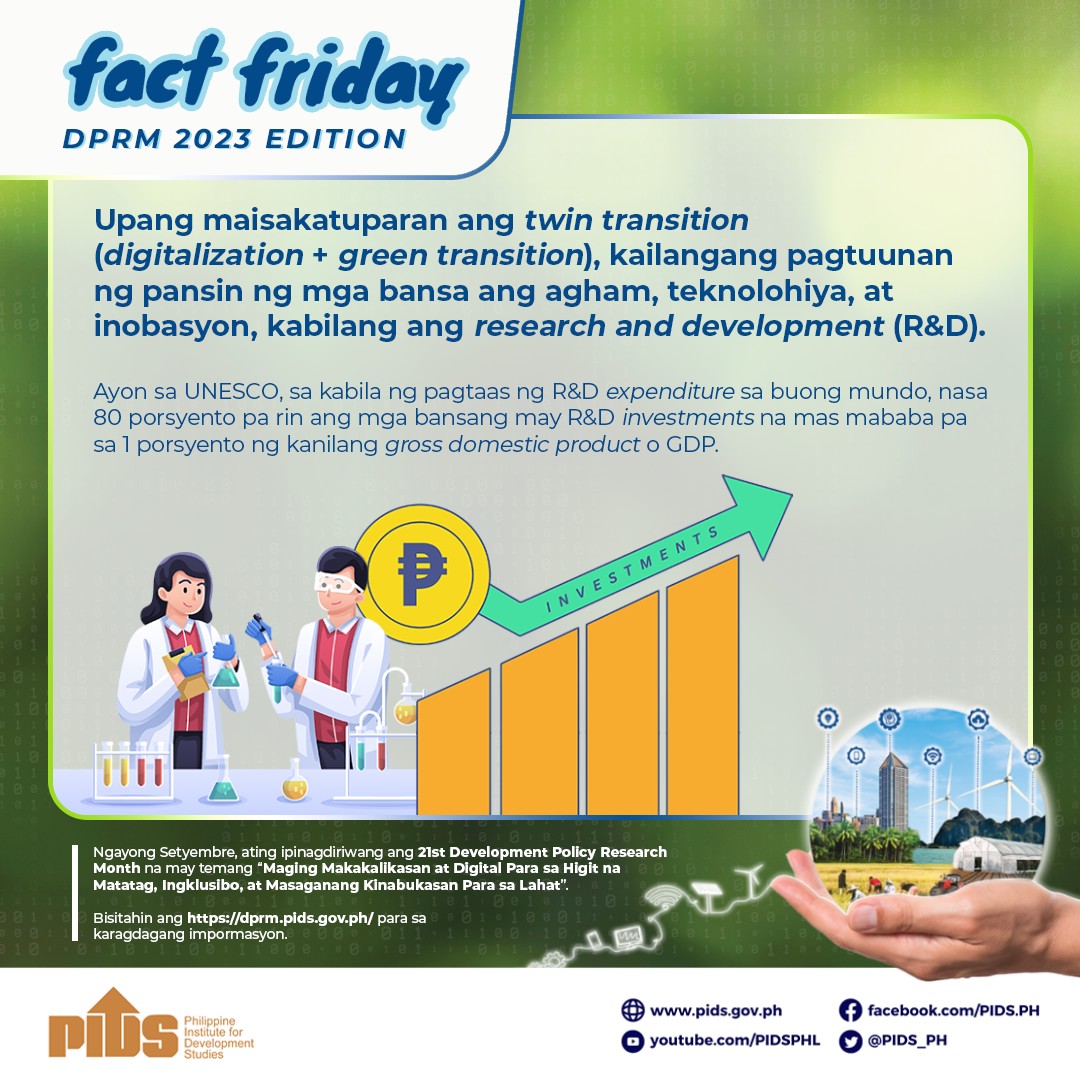Second of three parts
THE country’s struggle to address poverty and other social ills through the Millennium Development Goals (MDGs) has been long and arduous.
Gilbert Llanto, former National Economic and Development Authority (Neda) deputy director general-turned- Philippine Institute for Development Studies (Pids) president, said prior to the MDGs, the Philippines’s main development thrust was on poverty reduction through a more general approach.
Llanto said most of the projects and programs implemented aimed to address poverty reduction through agriculture, since it is believed that a third of the poor in the country are engaged in farming or fishery.
With the introduction of the MDGs, he said the government was able to craft programs and projects that addressed specific social concerns apart from poverty. Llanto added that the common development framework of the MDGs also pushed countries, like the Philippines, to meet the goals and address its development concerns. "Because you’re now comparing yourself with peers, there is peer pressure for the Philippines to reach the targets,” Llanto said.
Pids senior research fellow Celia Reyes added that the MDGs represented a "major shift” in how countries viewed development. While some countries were focused on addressing poverty or reducing their indebtedness, Reyes said the MDGs provided a framework by which these development concerns can be viewed from a wider perspective. The multidimensional approach to development presented by the MDGs helped countries give attention to other development concerns that may have been neglected through the years or may have been put aside because of globalization. Reyes said inequalities between countries were addressed by the targets that were specified in the MDGs. Most targets did not recommend absolute numbers; rather, these targets focused on percentages.
"Some might argue that the targets may be very hard to achieve for some of the countries, but I think they tried to address that by setting targets based on where you are rather than setting absolute levels. [That’s why the targets aimed to] reduce by half so wherever you are, you still have to reduce by half,” Reyes said.
"In fact, some might say that if you’re already up there, almost 100 percent, it’s even more difficult to achieve the 100-percent target. So I think the way that they constructed it somehow addressed that problem of different starting points for countries,” she added.
Further, Llanto said the government’s perspective in solving poverty has also changed because of the MDGs. He said that if the approach prior to the MDGs was more general like urban and rural, the new approach of the government is more specific, such as addressing poverty in specific regions and provinces.
"Before, poverty reduction through agrarian reform, very general. Poverty reduction through improving the agricultural sector, very general. ’Yung dito sa MDG, naka-focus sa household. What makes people poor, ’yun and question? It is diseases, what kind of diseases? Ignorance, so ’yung intervention has more face to it,” Llanto said.
Challenges
The Neda said challenges, such as economic growth that has not been inclusive, natural ang man-made disasters and shocks such as typhoons and sudden unemployment, caused programs to fall through or prevented Filipinos from accessing social services.
Further, the Neda admitted that there was "weak” MDG implementation in local communities as evidenced by the lack of conscious effort to achieve the MDGs.
Apart from these problems, financing the MDGs did not come cheap especially for a cash-strapped government like the Philippines which was, at that time, already teetering on the edge of an Argentina-like fiscal crisis.
Economists from the University of the Philippines Diliman who were later called the "UP 11” warned of an impending fiscal crisis brought about by the country’s high level of indebtedness as a proportion of its gross domestic product (GDP).
The 11 economists said that by the end of 2003, the national government’s total debt was at P3.36 trillion, or 78 percent, of GDP in that year. The outstanding debt of the public sector as a whole was running at more than 130 percent of GDP.
The newly installed government, fresh from the Edsa II uprising that installed former economist-turned-Vice President Gloria Macapagal-Arroyo to the presidency, had to implement firefighting measures and the little funds left from the government coffers were stretched to finance the country’s needs–including the MDGs.
In 2008 Philippine Institute for Development Studies (PIDS) senior research fellow Rosario G. Manasan said the country needed P39.7 trillion between 2007 and 2015 to meet the MDGs.
In the PIDS study titled, "Financing the Millennium Development Goals: The Philippines,” Manasan said the country may fall short of around P409.5 billion to finance the MDGs from 2007 to 2010. This, unfortunately, may reach up to P778 billion by 2015.
Using a low-cost assumption, Manasan said that if the government improves in the delivery of services for health and education, the estimated cumulative resource gap is P350.6 billion for 2007-2010, and P605.3 billion for 2007-2015.
Manasan said the estimates of the resource needs and resource gaps for MDGs presented were computed using 2006 prices and were based on the assumption that the population will continue to grow by 2.3 percent every year.
To address this situation, former Speaker Jose de Venecia and later former Neda Director General-turned-Sen. Ralph Recto pushed for the adoption of an MDG debt-swap scheme.
Through this, developing countries like the Philippines can rechannel its resources from debt repayment to programs and projects toward achieving the MDGs.
Recto said that, at that time in 2009, Germany already discussed with the Philippines and granted the option of a debt swap for the country’s health-sector program worth €25 million.
But the debt-swap scheme did not materialize due to reservations on the part of agencies like the Department of Finance. Due to these reservations, Neda Social Development Staff Director Erlinda Capones said the government had to look for other ways to finance the MDGs.
Capones said the Neda started advocating for MDG funding through the General Appropriations Act or the national budget. The government also sought assistance from its development partners through Official Development Assistance (ODA).
Data from the Neda showed that cumulative ODA loans and grants for MDG as of 2014 reached P262.61 billion for 98 programs/projects that supported the achievement of the eight MDGs.
Of this amount, around 60 ODA projects provided P134.8 billion, or 51 percent, to support specific MDGs, while 38 ODA projects support several MDGs with P127.8 billion, or 49 percent.
Further, some 18 of the 60 ODA programs/projects supported specific MDGs were geared toward the achievement of Goal 7 (Ensuring Environmental Sustainability). Goal 1 (Eradicate Extreme Poverty) had the next highest number of programs/projects with 17.
"Of course resources will never really be enough to address everything, but I think the government provided enough resources within the funds that they had for MDG-related concerns,” PIDS senior research fellow Celia Reyes said.
Another major concern was in obtaining timely data to monitor the country’s progress. One of the most difficult data to obtain was poverty because the Family Income and Expenditure Survey (FIES) was only conducted every three years.
The FIES is the basis for the country’s poverty-incidence estimates. In place of the FIES, the government conducts the Annual Poverty Indicators Survey (Apis). But the data obtained from Apis was not used to estimate poverty incidence on an annual basis.
It was only in the last three years that the government began using the Apis to estimate annual and semestral poverty incidence nationwide. However, the annual poverty estimates were not disaggregated into provinces, municipalities and cities.
To address this, the government has undertaken a project on Small Area Estimates (SAE). But funding was not forthcoming and while the first SAE was conducted using 2003 data, it took another three years to finance a new SAE study done in 2006. Since that time, the government has conducted SAEs in 2009 and 2012.
Apart from poverty estimates, the government also had problems monitoring data including those for maternal mortality and HIV incidence, both of which may also suffer from underreporting.
Monitoring the country’s progress through timely data was also compounded by the lack of funding provided for statistical agencies. The lack of funding for statistical agencies even impeded the conduct of important surveys.
In 2005 the country was supposed to have a mid-decade census but the lack of funds caused the National Statistics Office (now part of the Philippine Statistics Authority) at that time to push back the country’s mid-decade census to 2007.
To be concluded
PHL to adopt new development targets despite difficulties in achieving MDGs












